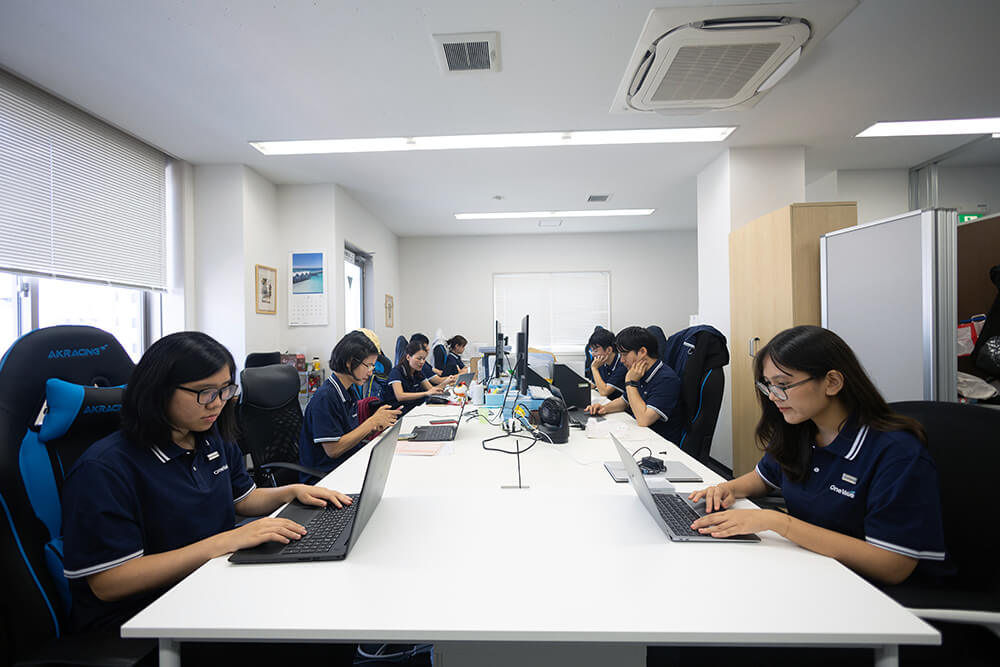2022年02月14日 作成 (2023年02月14日 更新)
2022.02.14 tạo nên (2023.02.14 cập nhật)
2022.02.14 create (2023.02.14 update)
Rapid increase in investment opportunities for biomass power generation in Vietnam: FIT price rises significantly due to new FIT system (fixed price purchase system)
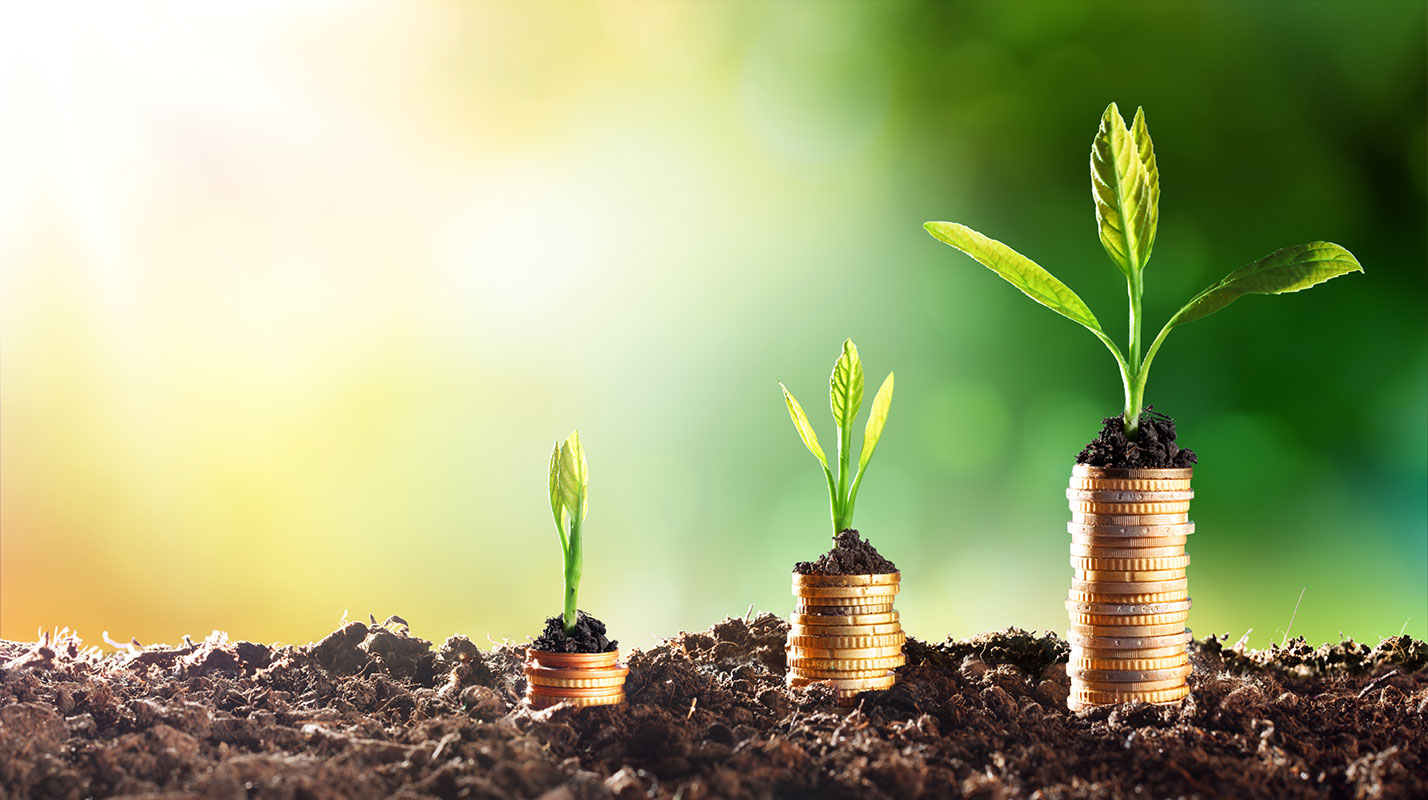
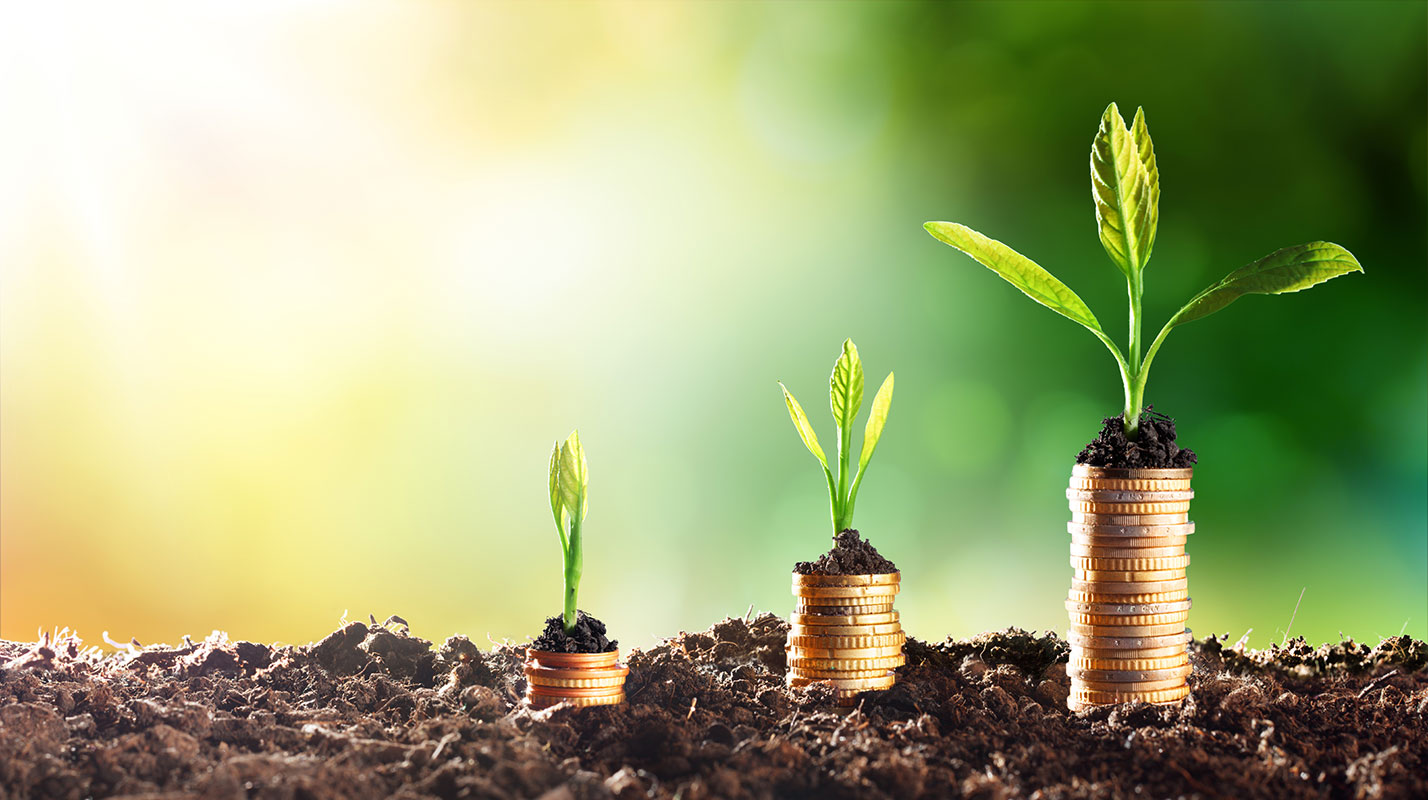
Vietnam is a major resource for biomass fuel
Among the renewable energies in Vietnam, biomass power generation will be the most noticeable in the future. The Vietnamese government has significantly raised the FIT price of biomass power generation by the Prime Minister’s decision (No.8 / 2020 / QD-TTg) on March 5, 2020. In the case of cogeneration, it was 7.03 cents / kWh, and in the case of non-cogeneration, it was 8.47 cents / kWh, which was a significant increase from the old FIT price of 5.8 cents / kWh set in 2014. Investment in biomass power generation has not received much attention for some time due to low FIT prices, but new investment opportunities for biomass power generation will emerge in the future.
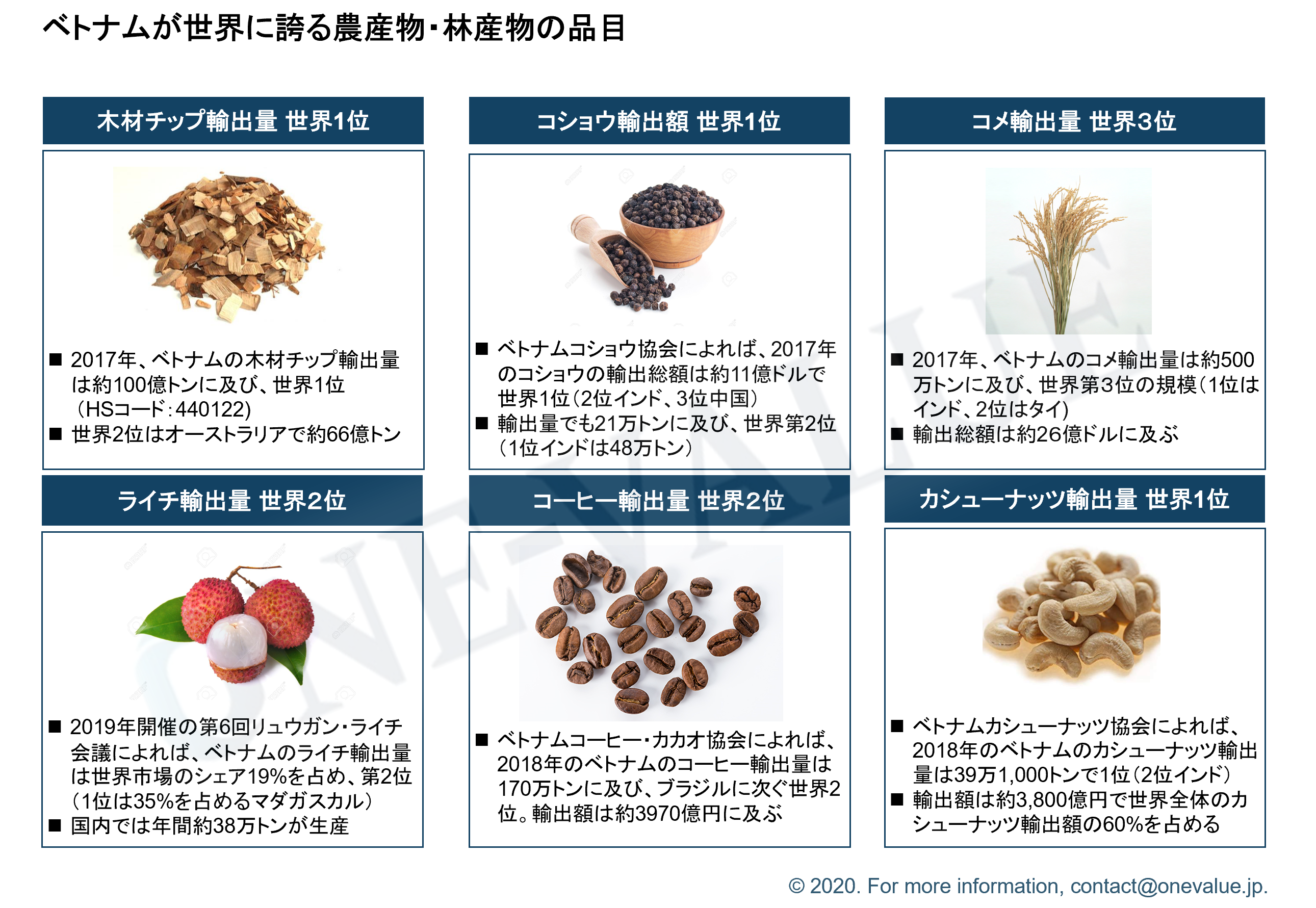
Vietnam is one of the world’s leading agricultural and forestry countries
Vietnam’s rice export volume is the third largest in the world, and rice export volume in 2017 was about 5 million tons. In recent years, the improvement of rice production system has improved the production efficiency, and the export volume in 2018 increased to 6.5 million tons. According to the Vietnam Cashew Nuts Association, cashew nut exports reached 390,000 tons in 2018, and cashew nut exports account for more than 60% of the world’s total exports, accounting for the top share in the world. In 2018, lychee exports accounted for 19% of the world market share, making it the second largest exporter in the world. According to the Vietnam Pepper Association, the export value of pepper reached about 1.1 billion dollars in 2017, boasting the largest market share in the world. According to the Vietnamese Coffee and Cacao Association, the export volume of Vietnamese coffee in 2018 reached 1.7 million tons, which is the second largest in the world after Brazil. The export volume of wood chips also reached the top in the world in 2017, reaching 10 billion tons.
In addition, Vietnam has abundant forestry resources. The land area of Vietnam is about 33 million ha, but the forest area is about 14 million ha. Of these, about 70% are natural forests and about 30% are planted forests, but logging of natural forests is prohibited by the Prime Minister’s decision in 2014. As of November 2018, the area of commercial forests excluding protection forests for protection and disaster prevention is approximately 2.93 million hectares. In particular, recently, the production of wood pellets for export to Japan has become active, the movement to acquire FSC certification is increasing, and the area of forest land that has acquired FSC certification is also increasing.
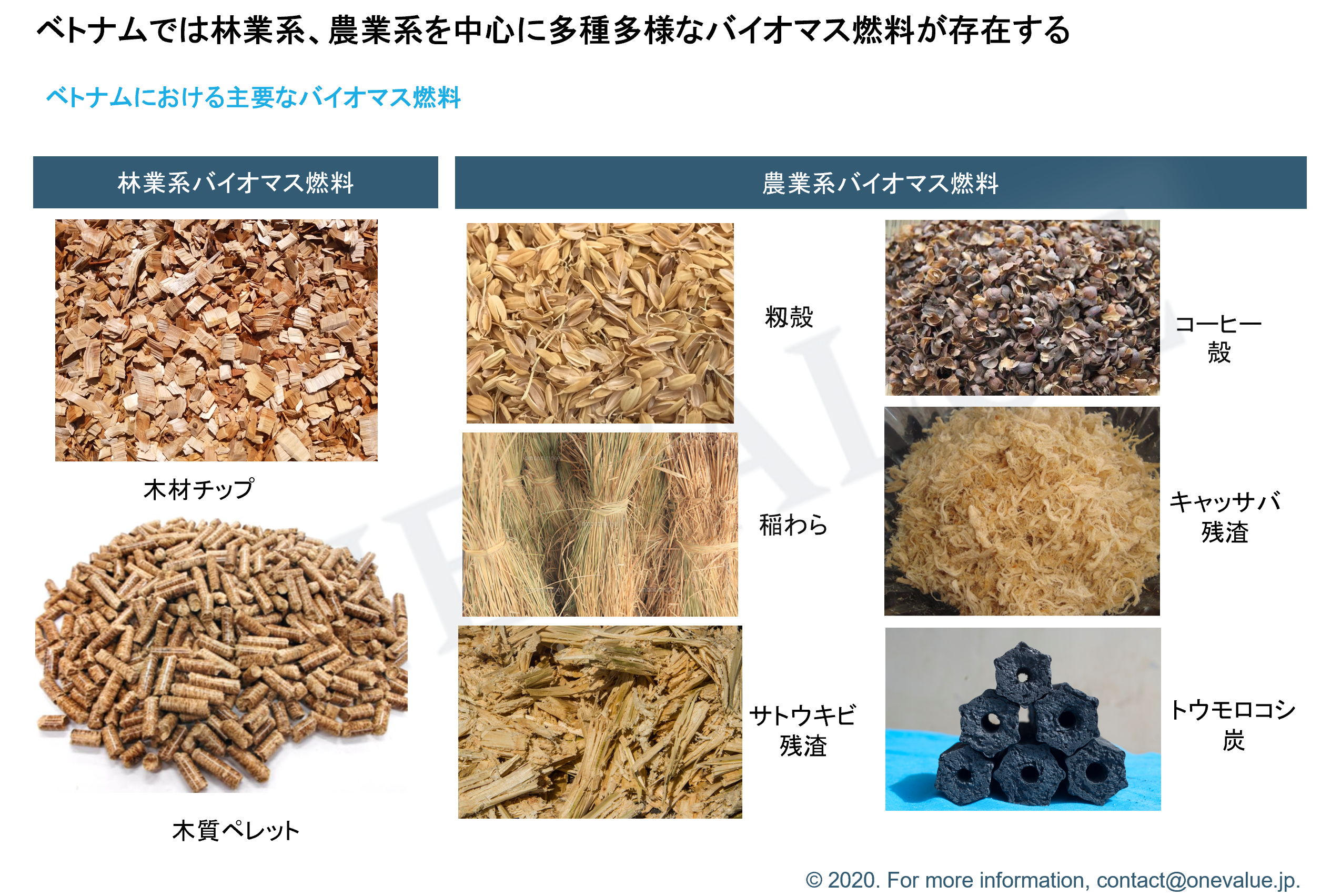
A wide variety of biomass fuels are abundant in Vietnam
In this way, Vietnam is thriving in agriculture and forestry, and favorable conditions are in place for the abundant resources of biomass fuel. Biomass fuels in Vietnam can be broadly classified into two types: forestry and agriculture. Forestry-based biomass fuels include wood chips and wood pellets produced from factory waste, wood chips, thinned wood, and forest residue. On the other hand, examples of agricultural biomass fuel include rice husks, rice straw, sugar cane residues, coffee husks, cassava residues, and corn charcoal. The distribution of these fuels is completely different depending on the type. For example, even in forests, the distribution of forests differs depending on the tree species such as acacia and eucalyptus. Even in agriculture, rice-derived biomass fuels such as rice and rice straw are abundant in the Mekong Delta region, while sugar cane and corn are concentrated in the northern and central regions.
Related article

更新 :cập nhật :update : 2023.02.14
Rapid increase in investment opportunities for biomass power generation in Vietnam: FIT price rises significantly due to new FIT system (fixed price purchase system)
目次 Vietnam is a major resource for biomass fuelVietnam is one of the world’s leading……
更新 :cập nhật :update : 2023.02.14
How to accept human resources with specific skills
The “Specified Skills” system started in April 2019, but now that one year has……
更新 :cập nhật :update : 2023.04.27
Vietnam’s largest forestry company: Introducing VINAFOR
目次 Overview of VINAFORSales scaleAll woodlandFSC certificationVINAFOR’s human resour……

